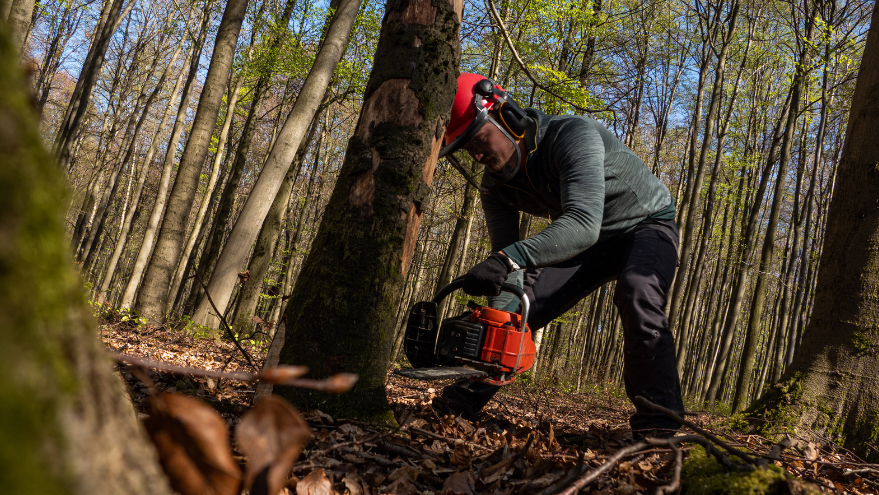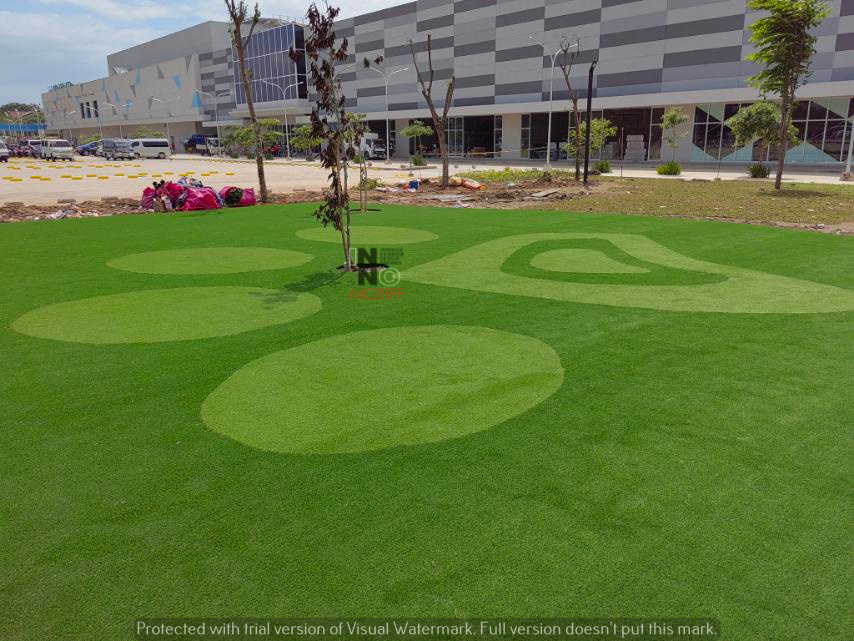Tree cutting is a crucial aspect of maintaining healthy landscapes and ensuring safety in residential and commercial properties. Employing professional techniques in tree cutting not only enhances the efficiency of the task but also ensures the safety of the surrounding environment and individuals involved. In this blog, we’ll explore some of the top techniques used in professional tree cutting services that help achieve optimal results.
Precision Cutting Techniques
Directional Felling
Directional felling is a key technique used in tree cutting to control the direction in which a tree falls. This technique involves making precise cuts in the trunk to guide the tree’s fall, thereby reducing potential damage to nearby structures and vegetation. By mastering directional felling, tree cutting professionals can ensure that the tree lands safely and minimizes risks associated with uncontrolled falls.
Notching and Back Cutting
Notching and back cutting are essential processes in tree cutting that help achieve a controlled and accurate tree fall. The notching cut, made on the side of the tree facing the direction of the fall, creates a notch that guides the tree’s fall. The back cut, made on the opposite side, releases the tree from its base. This method is fundamental in professional tree cutting, as it ensures that the tree falls in the desired direction.
Hinge Control
Hinge control is a technique in tree cutting that involves maintaining a strip of wood between the notch and back cut to control the tree’s movement. The hinge helps in guiding the tree’s fall and prevents it from veering off course. Proper hinge control is vital for tree cutting professionals to ensure stability and accuracy during the felling process.
Advanced Climbing Techniques
Spur Climbing vs. Rope Climbing
In tree cutting, climbers often use spur climbing or rope climbing techniques to access tree canopies. Spur climbing involves using spikes or spurs attached to the climber’s boots to ascend the tree trunk, while rope climbing uses ropes and harnesses for a more controlled ascent. Both techniques have their advantages, with spur climbing being effective for certain trees and rope climbing offering more precision and reduced damage to the tree.
Tree Climbing Gear
Tree cutting professionals rely on specialized gear for climbing, including harnesses, ropes, and climbing spikes. Each piece of gear is designed to enhance safety and efficiency during the climbing process. Regular maintenance and proper use of this gear are crucial for ensuring that tree cutting activities are carried out safely and effectively.
Modern Cutting Tools and Equipment
Chainsaws
Chainsaws are indispensable tools in tree cutting, used for their efficiency in cutting through thick tree trunks and branches. Professionals use various types of chainsaws, including gas-powered and electric models, depending on the job’s requirements. Choosing the right chainsaw for specific tree cutting tasks ensures that the job is completed efficiently and safely.
Pole Saws and Pruners
For tree cutting tasks that involve trimming or removing smaller branches, pole saws and pruners are commonly used. Pole saws allow professionals to reach high branches without climbing, while pruners are ideal for detailed cutting work. Both tools are essential in the tree cutting process for maintaining healthy trees and ensuring that the job is done with precision.
Wood Chippers
Wood chippers are used in tree cutting services to process tree debris into smaller, manageable pieces. These machines help in efficient disposal and recycling of wood, reducing waste and making clean-up easier. By incorporating wood chippers into tree cutting services, professionals can enhance the efficiency of the job and contribute to sustainable practices.
Safety Protocols in Tree Cutting
Protective Gear
Safety is paramount in tree cutting, and wearing protective gear is crucial for preventing accidents and injuries. Essential gear includes helmets, gloves, eye protection, and hearing protection. Each piece of protective equipment plays a role in safeguarding tree cutting professionals from potential hazards during the job.
Safety Zones and Planning
Establishing safety zones and planning the tree cutting process is essential for minimizing risks. Safety zones are designated areas where individuals are kept away from potential falling debris or hazards. Proper planning ensures that tree cutting is carried out in a controlled manner, reducing the likelihood of accidents and ensuring that the job is completed safely.
Emergency Procedures
In case of accidents or emergencies during tree cutting, having a set of standard emergency procedures is vital. These procedures should include first aid measures, communication protocols, and evacuation plans. Ensuring that all team members are trained in these procedures helps in managing emergencies effectively and maintaining safety during tree cutting operations.
Environmental Considerations
Minimizing Environmental Impact
Professional tree cutting services aim to minimize environmental impact by using techniques that reduce damage to surrounding vegetation and wildlife. Careful planning and execution of tree cutting activities help preserve the health of the ecosystem and maintain the balance of the natural environment.
Recycling and Disposal
Recycling and proper disposal of tree debris are important aspects of environmentally responsible tree cutting. Tree cutting professionals utilize methods to recycle wood chips and other debris, reducing waste and contributing to sustainable practices. By adopting eco-friendly disposal practices, tree cutting services can support environmental conservation efforts.
Takeaway
Mastering the top techniques in professional tree cutting ensures that the job is done efficiently, safely, and with minimal environmental impact. From precision cutting techniques to advanced climbing methods and modern equipment, each aspect plays a crucial role in achieving successful tree cutting outcomes. For optimal results, it’s essential to hire skilled professionals who can apply these techniques effectively. If you need expert tree cutting services, consult with professionals to ensure that your tree cutting needs are met with the highest standards of safety and efficiency.










